Cine Gael hosts two
unique documentaries
The Irish film series presents movies on Griffintown and the Irish in Canada
By Byron Toben
April 28, 2022
The Cine Gael Irish Film series continued its pandemic-abbreviated 2022 program on April 22 with the showing of two unique documentaries at Concordia’s Cinema de Sève. They both featured the exquisitely drawn pencilled backdrops of Montreal buildings of olden days by G. Scott MacLeod.
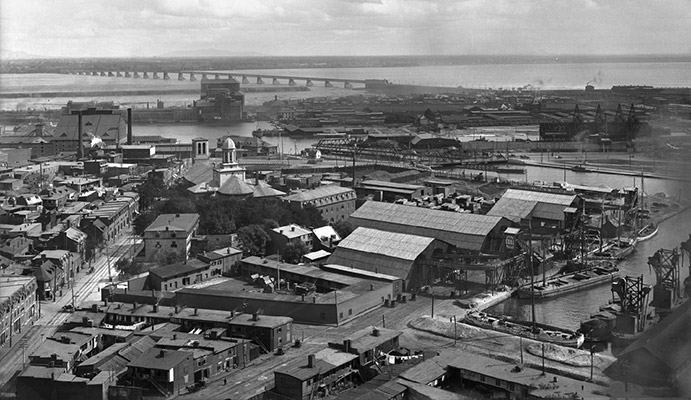
Griffintown in 1896 – Image: Wm. Notman & Son, Public domain, via Wikimedia Commons
The first, called Griffintown: A People’s History – Episode One, is a reworking of the original 21 stories into a new four-part series, Indigenous Lands, First Settlers and Irish Immigration. It is narrated by Dr. Matthew Barlow, who appears live on-screen against the backdrops as he relates tales about the origins of the area where many Irish famine refugees were dumped and became cheap labour for the nearby industrial area created with the construction of the Lachine Canal. (The juxtaposition of a live human against a richly drawn backdrop reminded me ever so slightly of the 1945 movie Anchors Aweigh where film dancer Gene Kelly interacted with the cartoon Jerry Mouse of Tom and Jerry fame.)
In 1796, while he [McCord] was attending to other business affairs in England, his business partners illegally sold the land lease to Mrs. Mary Griffin… [McCord] eventually won a lawsuit to return the land to him. However, the name of Griffintown stuck on the parcel.
In 2002, the late photographer and director Richard Burman produced an hour-long television documentary, Ghosts of Griffintown, supplemented by a book, 20th Century Griffintown in Pictures. I am fortunate to have a copy of the book and reread it the next day, inspired by this MacLeod/ Barlow update.
In 1791, this land was controlled by Thomas McCord who had secured it on a 99-year lease from the nuns of Hôtel Dieu. In 1796, while he was attending to other business affairs in England, his business partners illegally sold the land lease to Mrs. Mary Griffin. It was she who registered the tract into streets and individual lots.
In 1805, McCord returned and eventually won a lawsuit to return the land to him. However, the name of Griffintown stuck on the parcel.
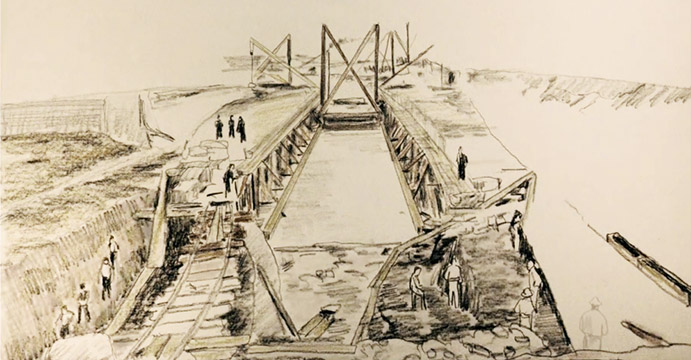
From A People’s History – Episode One, the building of the Lachine canal as depicted in a sketch by G. Scott MacLeod
In 1825, the long-awaited Lachine Canal was finally built, and expanded in 1840.
In 1859, Irish labourers working on the Victoria bridge uncovered a mass grave of 6000 who had perished from “ship fever” in 1847-48 at Windmill Point, across the canal from Griffintown, and hauled up a huge black rock from the St-Lawrence river to place over that “cemetery” to preserve those remains from desecration.
‘In 1859, Irish labourers working on the Victoria bridge uncovered a mass grave of 6000 who had perished from “ship fever” in 1847-48 at Windmill Point, across the canal from Griffintown…’
The second documentary shown was The Irishman – Child of the Gael. Again, rich pencilled drawings by Mac Leod and again triggered by a canal, this one in Ontario, the Rideau canal, and written and narrated by former Montrealer Mike Burns, now living in Maine.
How wonderful for me to hear Mike’s deep voice and Irish inflections. I was a regular at his monthly Sunday evening fireside telling of traditional Irish stories at Hurley’s pub and even arranged for him and musician Toby to appear at one of the early Fringes held on the McGill campus. In this documentary, dealing in part with exploited Irish immigrants building the Rideau canal and imbibing too much beer to soften their trials, sometimes having to “reconsider their relationship with the Perpendicular.”
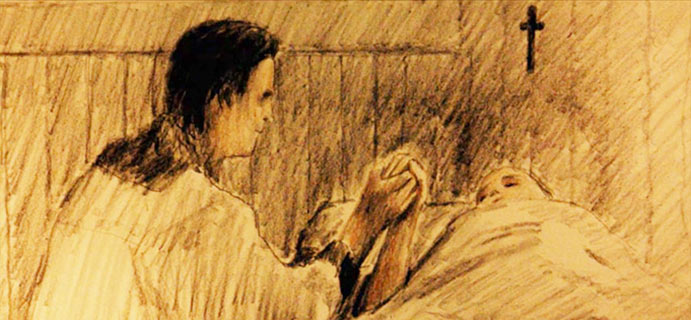
Sketch from The Irishman – Child of the Gael by G. Scott MacLeod
The Irish Famine (1845-1849), like the Nazi Holocaust (1939- 1944) and the Stalin-induced Ukrainian famine (1932-33), was one of the great catastrophes of human history. Evicted from their farms, a third of the population was forced to leave the country. Many travelled on “coffin ships” to North America, acquiring typhus and cholera en route.
Large numbers were quarantined at Grosse-Île near Quebec City and died there. Others continued to Montreal. Between May and November of 1847, 75,000 Irish refugees landed in Montreal, which then had a population of only 50,000.
Thus, a preamble to the evening on the planned Montreal Irish Monument Park by activist and Cine Gael regular Fergus Keyes was apt at this time. A bilingual pamphlet was available to all attendees.
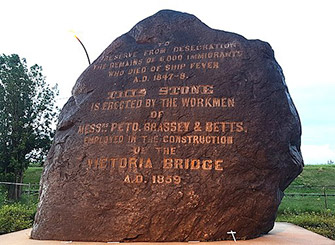
Black Rock in Griffintown – Image: Coastal Elite from Halifax, Canada, CC BY-SA 2.0, via Wikimedia Commons
The planned site, where the “black rock” now stands, has the cooperation of both the city of Montreal and Hydro Quebec. Toronto has a riverside park also commemorating the role of Irish immigrants – Montreal deserves one too.
Mr. Keyes stressed that the plight of the sick Irish deposited at Montreal’s edge attracted aid from all levels of Montreal society, Catholics, Protestants and others, even at their own peril. In fact, the mayor at that time, John Easton Mills, also tended to the victims, contracted disease himself and died.
To help on this project, visit montrealirishmonument.com
Cine Gael concludes its 2022 series on May 6 with its ever-popular short films that attendees can vote on for the best three.
Feature image: From The Irishman – Child of the Gael, illustration by G. Scott MacLeod
More articles from Byron Toben
Byron Toben, a past president of The Montreal Press Club, has been WestmountMag.ca’s theatre reviewer since July 2015. Previously, he wrote for since terminated web sites Rover Arts and Charlebois Post, print weekly The Downtowner and print monthly The Senior Times. He also is an expert consultant on U.S. work permits for Canadians.

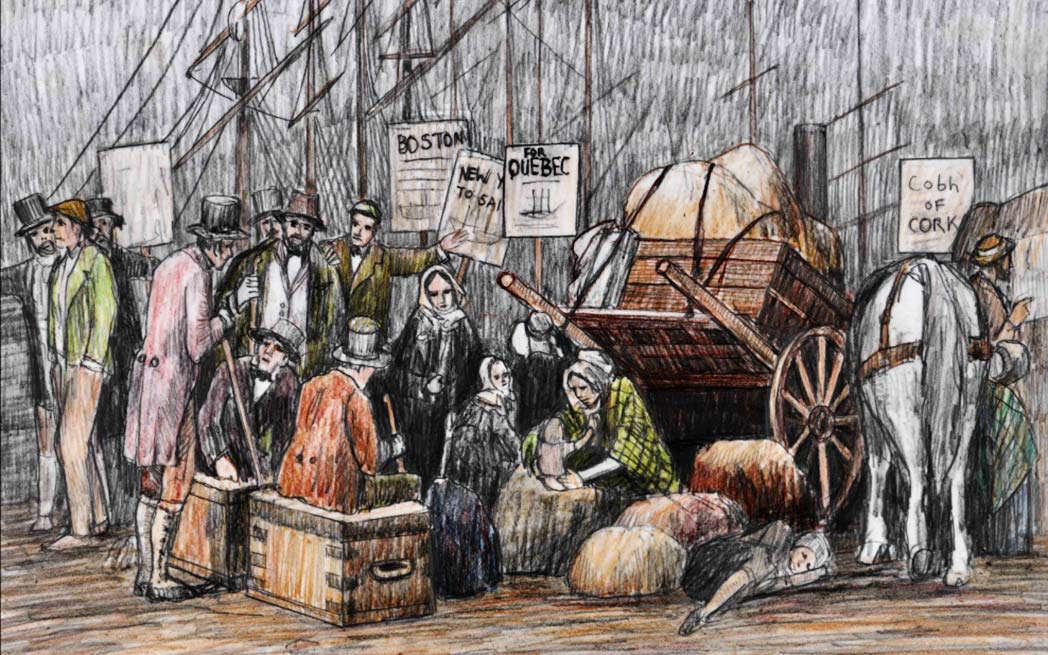

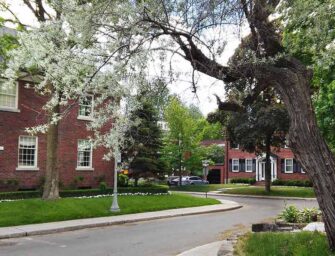


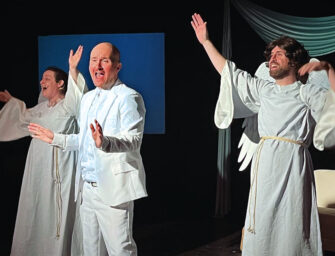
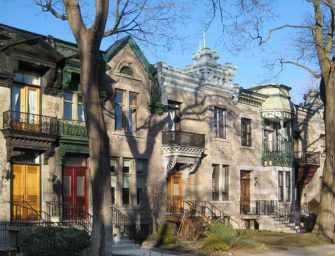


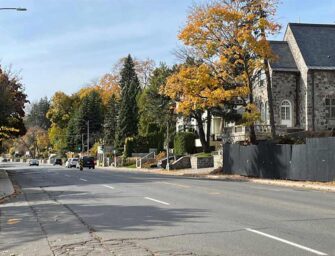
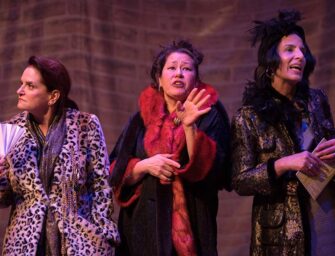


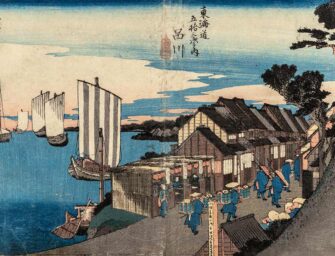
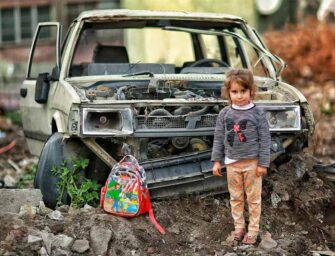





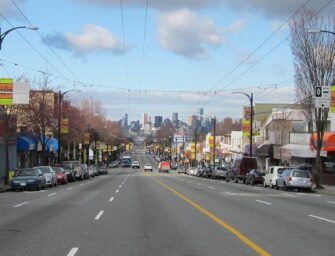
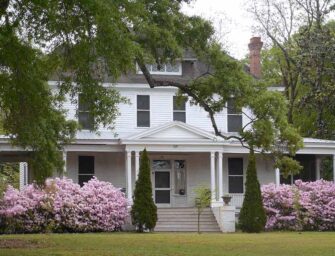



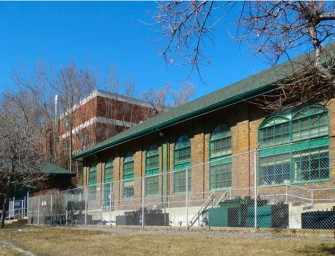
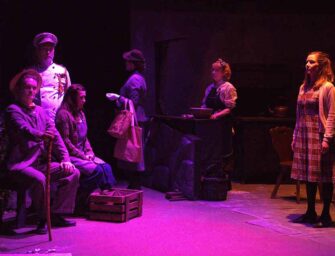

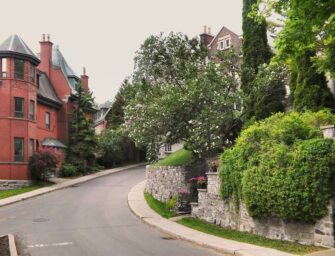

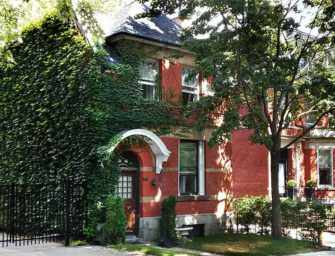
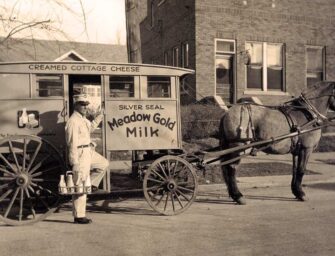
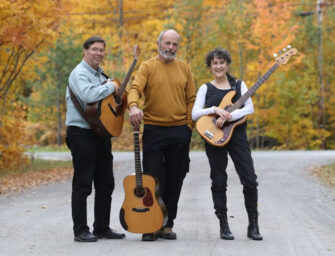

There are no comments
Add yours